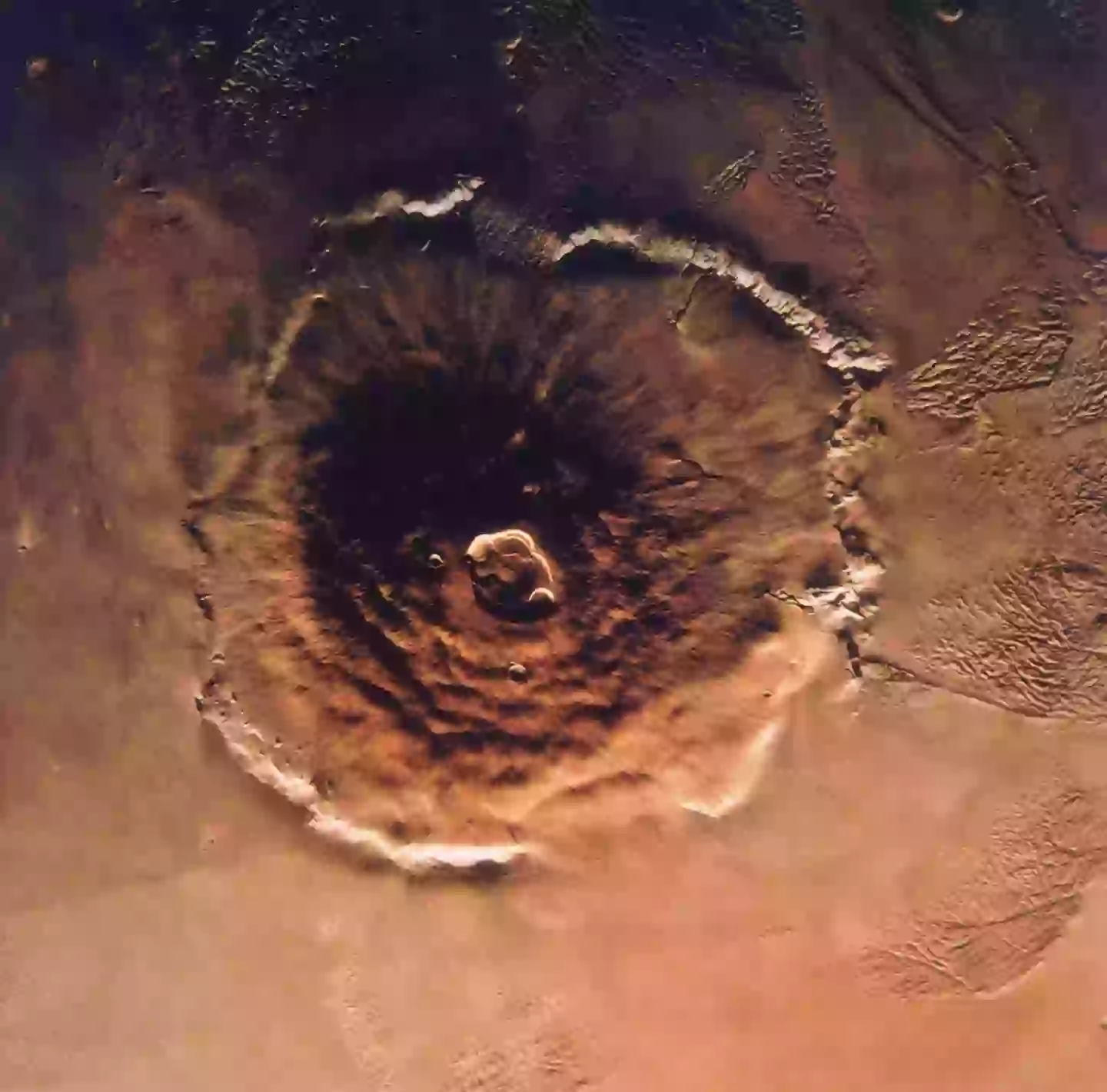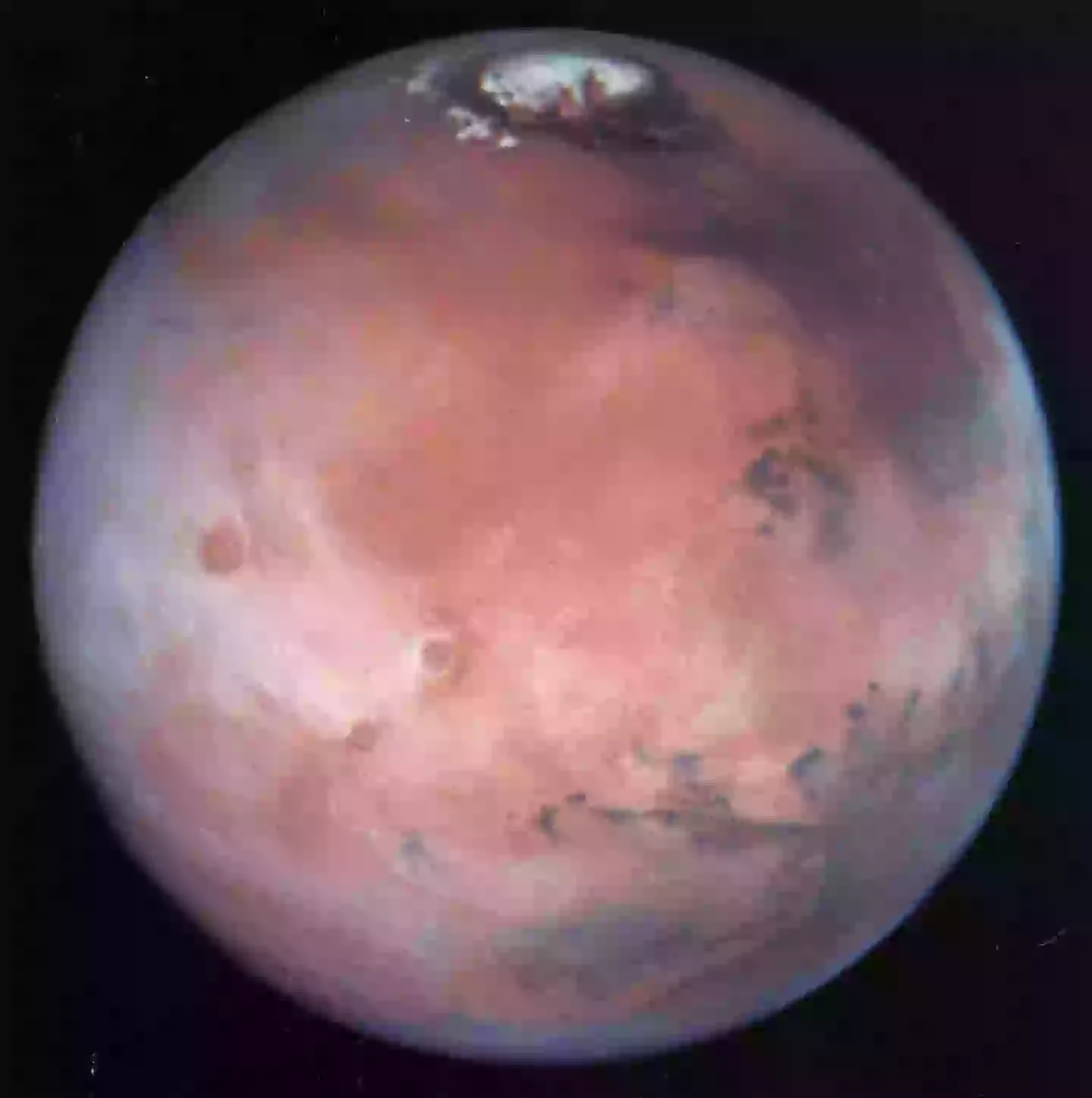
A new scientific discovery has revealed more information about volcanoes on Mars, and the revelation could hold the secrets to ancient life on the planet being unveiled.
With Elon Musk among the most powerful figures in the US, along with his obsession with colonising Mars, it seems like an inevitability that in the next 100 years scientific resources will go towards finding or fostering life on the Red Planet. The news comes as a welcome sign that this could be a possibility.
It comes from a study co-authored by a Texas A&M University geobiologist, Dr Michael Tice.
Advert
The paper is titled Diverse and highly differentiated lava suite in Jezero crater, Mars: Constraints on intracrustal magmatism revealed by Mars 2020 PIXL - and if that means nothing to you, don’t worry, it didn’t to me at first either.

Essentially, Dr Tice and a team of researchers analysed volcanic rocks on Mars in order to gain information about the processes that shaped the region of the planet they were found.
This data was gathered by Perseverance, one of NASA’s most advanced robot explorers, who travelled to Mars as part of a 2020 mission.
It landed in the Jezero Crater in February of 2021, collecting core samples of Martian rock as well as analysing them.
Advert
Dr Tice has said the jump in information gathered with the Perseverance was massive, saying: “We’re not just looking at pictures - we’re getting detailed chemical data, mineral compositions and even microscopic textures. It’s like having a mobile lab on another planet.”
He went on to say of the Rover and work on Mars: “Some of the most exciting work is still ahead of us. This study is just the beginning.

“We're seeing things that we never expected, and I think in the next few years, we’ll be able to refine our understanding of Mars’ geological history in ways we never imagined.”
The team found that there were two distinct types of volcanic rocks, with the particular types of each indicating a ‘complex volcanic history involving multiple lava flows with varying compositions’.
Advert
By conducting thermodynamic modelling, simulating the conditions under which the minerals solidified, they discovered that their compositions were the result of a process in which different minerals separate from molten rock as it cools.
In addition to this and other processes, Dr Tice commented: “The processes we see here - fractional crystallization and crustal assimilation - happen in active volcanic systems on Earth.

“It suggests that this part of Mars may have had prolonged volcanic activity, which in turn could have provided a sustained source for different compounds used by life.”
The paper states this discovery is ‘crucial’, saying that if Mars had an active volcanic system for an extended period ‘it might have also maintained conditions suitable for life for long portions of Mars' early history’.
Advert
Dr Tice added: “We’ve carefully selected these rocks because they contain clues to Mars’ past environments.
“When we get them back to Earth and can analyze them with laboratory instruments, we’ll be able to ask much more detailed questions about their history and potential biological signatures.”